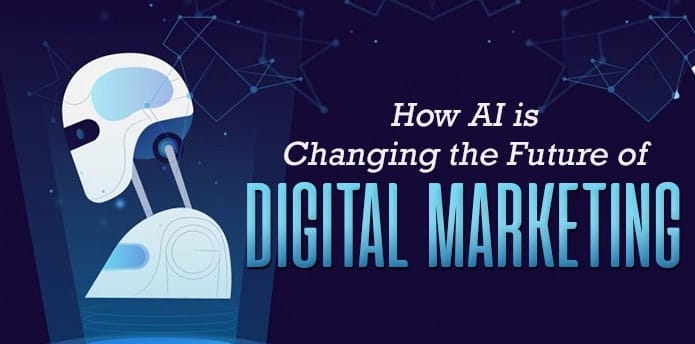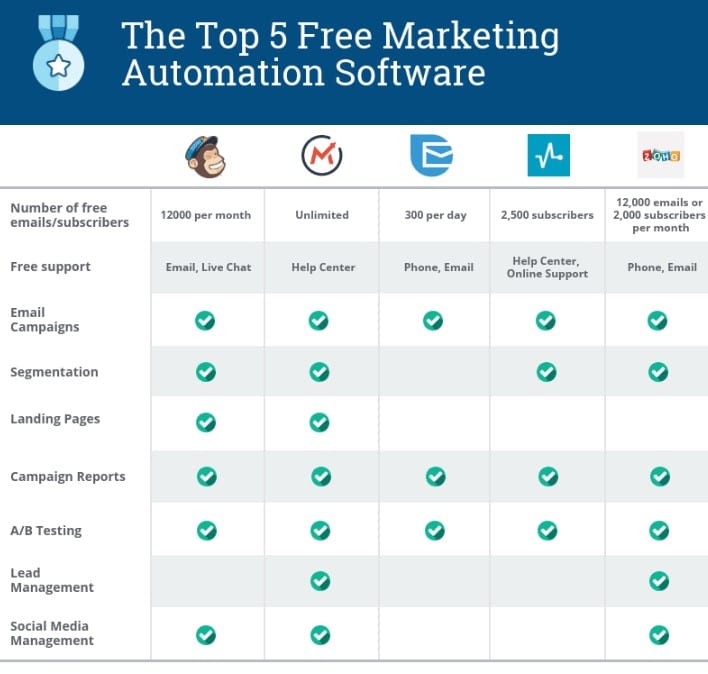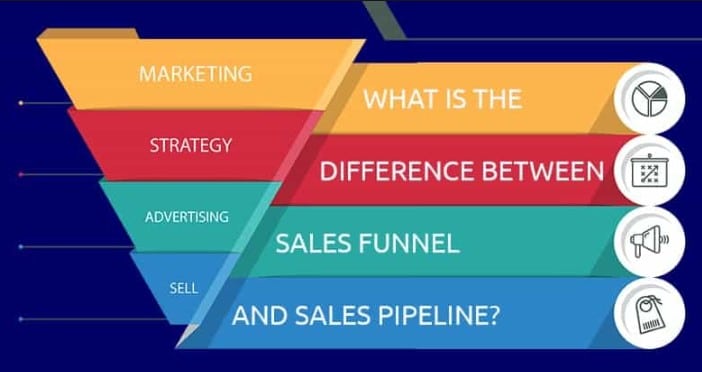In today’s digital landscape, marketing is a field that’s constantly evolving. One of the most exciting developments in recent years is the integration of artificial intelligence (AI) into digital marketing strategies. As you navigate this article, you’ll discover how artificial intelligence is transforming digital marketing, creating unique opportunities for businesses worldwide.
Introduction: The Confluence of AI and Digital Marketing
AI isn’t just a buzzword anymore. It has cemented itself as a revolutionary force in various industries, and digital marketing is no exception. Artificial Intelligence can analyze consumer behavior, search patterns, and utilize data from social media platforms and blogs to help businesses understand how their products or services are perceived by their customers. This fusion of AI and digital marketing is setting a new benchmark for businesses, enabling them to reach the right audience with the right message at the right time.
1.0 Personalized Customer Experiences: The New Normal
Ever wondered why those online ads seem to know exactly what you’re looking for? That’s the magic of AI at work! Let’s delve into how AI personalizes the customer experience in digital marketing.
1.1 The Role of AI in Personalization
AI is incredibly adept at crunching vast amounts of data, enabling it to deliver highly personalized content to individual consumers. By analyzing a consumer’s behavior, interests, and past purchases, AI can tailor marketing messages that resonate with them on a personal level. This level of personalization was unimaginable a few years ago but has now become a cornerstone of effective digital marketing.
1.2 Impact of Personalization on Consumer Engagement
Personalization significantly boosts consumer engagement. A consumer is more likely to interact with an ad or email that aligns with their interests. The more personalized an experience, the better the engagement rates. So, businesses are increasingly leveraging AI to enhance their customer engagement levels and, consequently, their conversions.
2.0 Predictive Analysis: Foreseeing the Future
AI is also a key player in predictive analysis in digital marketing. But what exactly is predictive analysis, and how does AI factor into it?
2.1 AI and Predictive Analytics: A Powerful Duo
Predictive analysis involves using data, statistical algorithms, and machine learning techniques to predict future outcomes. AI can sift through large data sets, identify patterns, and predict future behavior or trends. This ability to ‘foresee’ allows businesses to make informed decisions and shape their marketing strategies effectively.
2.2 Real-world Applications of Predictive Analysis in Digital Marketing
Many businesses use predictive analytics to anticipate customer behavior and trends. For example, online retailers might use AI-powered predictive analytics to forecast which products a customer is likely to buy, based on their browsing history and past purchases. These insights can then inform targeted advertising and personalized recommendations, which drive customer engagement and increase sales.
3.0 AI Chatbots: Revolutionizing Customer Service
We’ve all interacted with a chatbot at some point. These AI-powered tools are transforming customer service in the digital marketing realm.
3.1 How AI Chatbots Work
AI chatbots use natural language processing and machine learning to understand customer queries and provide appropriate responses. They can be available 24/7, providing instant support and freeing up valuable time for human customer service agents.
3.2 The Impact of AI Chatbots on Customer Experience
Chatbots dramatically enhance customer experience by providing immediate, accurate responses. No waiting times, no queueing – just quick solutions. This ability to streamline customer interactions makes AI chatbots an invaluable tool in a company’s digital marketing arsenal.
4.0 AI in Content Creation: Shaping the Narrative
AI is reshaping content creation, making it more efficient and targeted. But how exactly does AI contribute to content creation in digital marketing?
4.1 The Use of AI in Content Generation
AI algorithms can analyze massive amounts of data to understand what type of content engages a specific audience segment. They can generate simple pieces of content like social media posts, email subject lines, and even some types of blog posts. This AI-driven approach allows for a consistent production of engaging content, tailored to audience preferences.
4.2 Impact of AI-Generated Content on Engagement Rates
The major advantage of AI-generated content is its ability to be tailored to specific user preferences and behaviors, resulting in highly relevant content that drives engagement. Plus, with AI taking care of content generation, marketing teams can focus on other strategic tasks, leading to overall improved efficiency.
5.0 AI-Driven SEO: Upping the Ante
SEO is a key aspect of digital marketing. AI is making significant strides in making SEO more effective and user-centric.
5.1 AI’s Role in SEO
AI can analyze user behaviors, queries, and clicks to understand evolving search patterns. With algorithms like Google’s RankBrain, search engines are increasingly leveraging AI to deliver more relevant search results. This has led to the rise of user-focused SEO that aims to provide value to users rather than simply playing to the search engine algorithms.
5.2 The Impact of AI on SEO Strategies
AI-driven insights allow businesses to refine their SEO strategies, focusing on creating content that users truly find valuable. It also helps identify link-building opportunities and optimize website architecture for better crawlability and indexing. In essence, AI has made SEO less of a guessing game and more of a data-driven strategy.
Conclusion: The Future of Digital Marketing with AI
Artificial intelligence is transforming digital marketing, and this is just the tip of the iceberg. With continuous advancements in AI technology, we can expect even more exciting changes in the way businesses market their products and services online. Businesses that adapt and evolve with these AI-driven changes are the ones that will thrive in this new digital marketing landscape.
FAQs on How Artificial Intelligence Is Transforming Digital Marketing
1. How does AI enhance personalization in digital marketing? AI enhances personalization by analyzing consumer behavior, interests, and past purchases to deliver highly targeted marketing messages.
2. How does predictive analysis in digital marketing work? Predictive analysis uses data, statistical algorithms, and machine learning techniques to identify patterns and predict future outcomes. AI plays a crucial role in this by processing large data sets quickly and accurately.
3. How are AI chatbots transforming customer service in digital marketing? AI chatbots, available 24/7, can provide immediate, accurate responses to customer queries, enhancing customer experience and streamlining customer interactions.
4. What role does AI play in content creation for digital marketing? AI can generate simple pieces of content like social media posts, email subject lines, and even some types of blog posts. It can also analyze data to understand what type of content engages a specific audience segment.
5. How is AI transforming SEO? AI is being used to analyze user behavior, queries, and clicks to understand evolving search patterns. This results in more user-focused SEO strategies that aim to provide value to users.
6. How will AI impact the future of digital marketing? As AI continues to advance, it’s likely to further personalize the consumer experience, make predictive analysis more accurate, and create more efficient content strategies. Ultimately, it will drive a more data-driven, customer-centric approach to digital marketing.
Read More :


